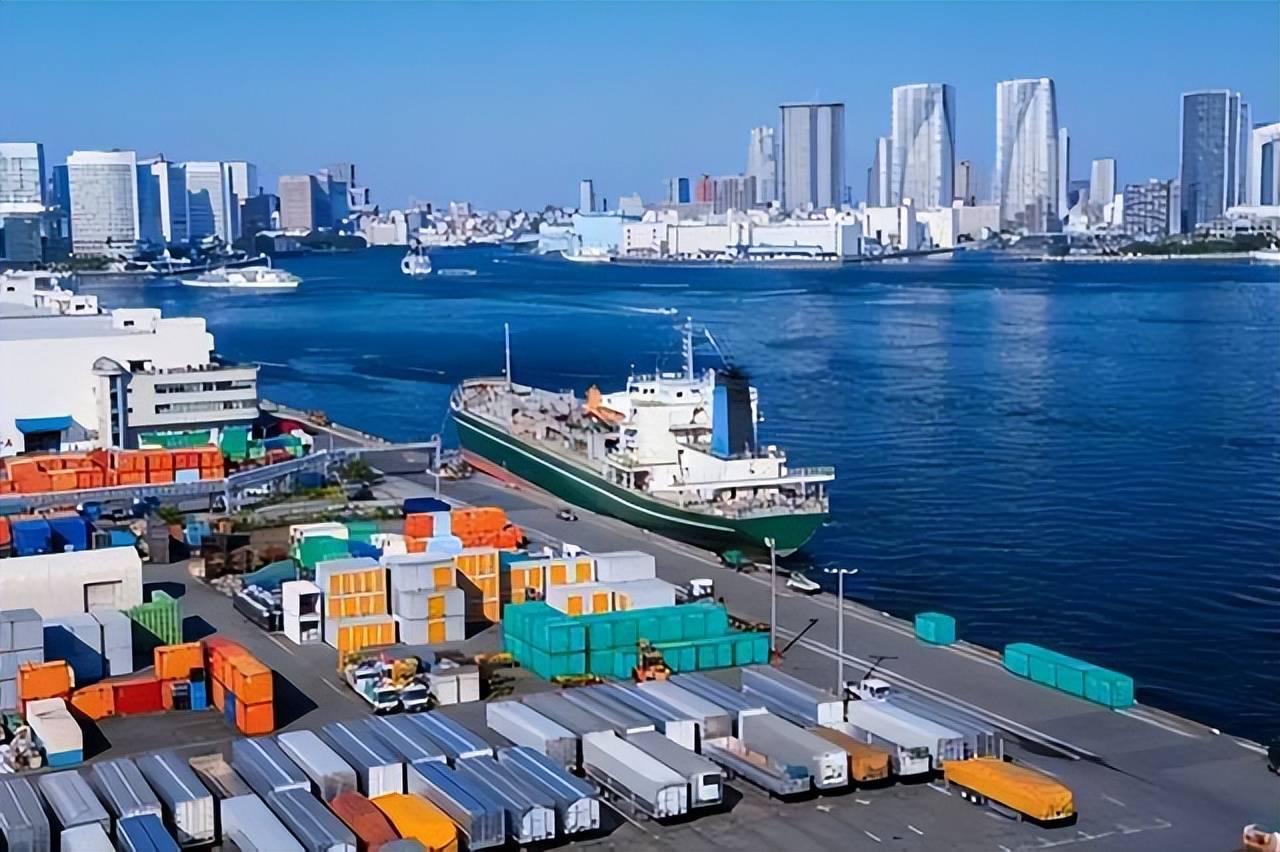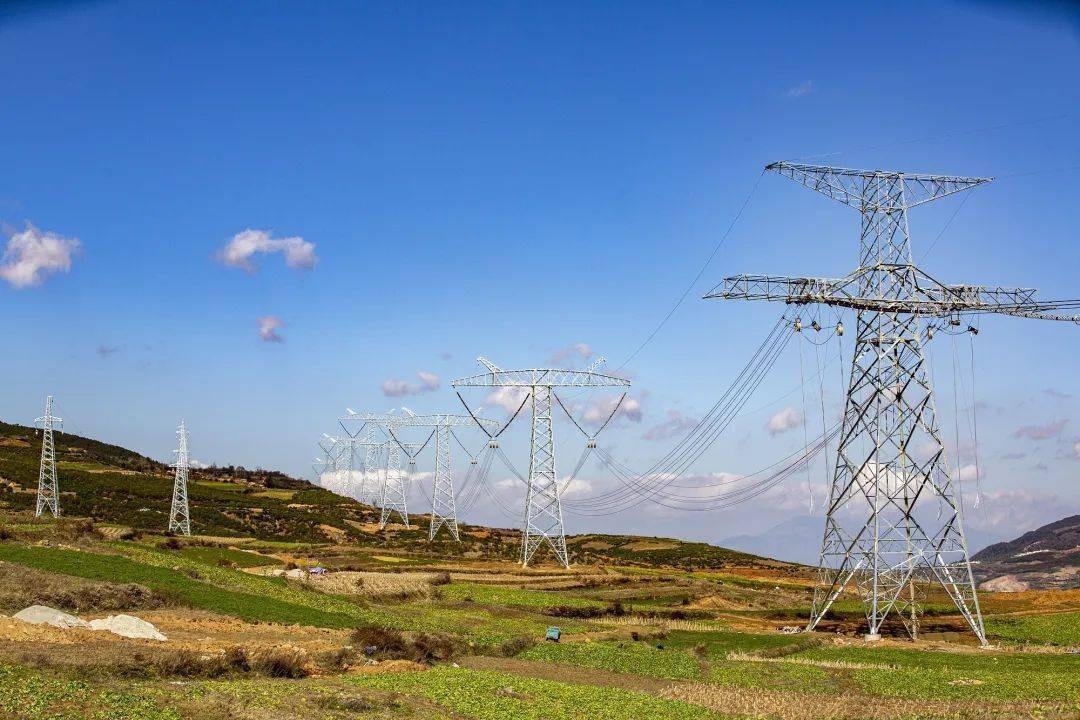
Recently, the Japanese economy has shown a complex situation where inflation has fallen but potential pressures have not decreased. The core CPI increased by 2.7% year-on-year, significantly falling from 3.1% in July and hitting a 9-month low. This change is mainly attributed to the dual effects of government subsidy policies and base effects: electricity subsidies caused energy prices to fall by 3.3% year-on-year, and although the price of glutinous rice still increased by 68.8% year-on-year, the increase narrowed compared to the peak. Combined with the high base caused by the "rice shortage" in the same period of 2024, they jointly suppressed overall inflation. However, excluding energy and fresh food, the "core core CPI" still rose by 3.3%, indicating that the potential inflationary pressure driven by service prices and wage costs has not dissipated, as confirmed by the Bank of Japan's decision to maintain the 0.5% benchmark interest rate in September. The job market remains stable, with an unemployment rate of 2.5% better than market expectations, a labor force participation rate of 63.2%, and a youth employment rate of 97.8%, reaching a historic high. However, industrial production is showing differentiation: the manufacturing PMI49.9 has shrunk for the second consecutive month, and due to the impact of US tariff policies, overseas orders have declined at the fastest pace in 17 months, with a particularly significant decrease in export orders for the automotive and machinery industries; Although the service industry PMI52.7 continues to expand, the growth rate has slowed down by 0.3 percentage points compared to last month, and the retail and catering industries have weak growth. The comprehensive PMI51.9 shows an overall economic expansion, but the weakness in the manufacturing industry is dragging down the quality of recovery, and the willingness of enterprises to invest is low. Equipment investment decreased by 1.2% year-on-year.
South Korean economic data confirms the characteristic of "export recovery". The export of goods increased by 1.3% year-on-year, with an average daily export value of 2.6 billion US dollars reaching a new high since 2024, and a trade surplus of 6.5 billion US dollars expanding by 81.5% year-on-year. This performance is driven by three major factors: firstly, the recovery of the IT industry chain, with a surge in demand for customized semiconductors driving export growth of 2.1% in the second quarter, reversing the decline of 2.3% in the first quarter. The capacity utilization rate of companies such as Samsung and SK Hynix has rebounded to 85%, driving the recovery of related industries such as chemicals and display panels; The second is the optimization of trade structure, with exports to the United States reaching 10.33 billion US dollars, a year-on-year increase of 1.5%, and a trade surplus expanding to 3.92 billion US dollars. However, the trade deficit with China has expanded to 1.38 billion US dollars, reflecting the effect of supply chain restructuring under the China US trade friction. South Korea's exports to Vietnam and Indonesia increased by 12.3% and 8.7% respectively, indicating the progress of regional trade diversification; The third is the release of policy effectiveness. The government provides a 20% tax credit through the "K-chip Act", and enterprise R&D investment has increased by 8.7% year-on-year. The export of new energy vehicles and secondary batteries has increased by 12.3%, becoming a new growth pole for exports. The export volume of Hyundai electric vehicles has increased by 45% year-on-year, and LG's new energy overseas factory capacity has expanded.
The economies of Japan and South Korea exhibit differentiated characteristics of being driven by Japanese domestic demand and dominated by South Korean exports. Japan needs to balance short-term inflation control with long-term growth momentum cultivation. Its core CPI remains above the 2% target, indicating pressure for future interest rate hikes. The government plans to enhance domestic demand by improving the treatment of informal employees and expanding female labor force participation, while accelerating digital transformation to solve the problem of insufficient IT investment in small and medium-sized enterprises. South Korea is facing the dilemma of "export recovery but profit pressure", with negative export profit margins for small and medium-sized enterprises, and needs to be vigilant about the risk of global demand fluctuations. The government is deepening its "technological independence" strategy, making breakthroughs in non-volatile storage, hydrogen energy technology and other fields, while optimizing trade structure, expanding exports to ASEAN and Middle East markets, and diversifying geopolitical risks. At the regional level, both countries have been affected by the trade friction between China and the United States, with Japan's dependence on exports to China dropping to 15.2%. The semiconductor industry in South Korea is facing pressure from US technology controls, but opportunities still exist: under the RCEP framework, the construction of the China Japan South Korea Free Trade Area is accelerating, and South Korea's exports to ASEAN are growing by 5.8%. Japan has demonstrated its technological export advantages in nuclear power projects in Indonesia and high-speed rail cooperation in Vietnam, and Mitsubishi Heavy Industries' participation in the Vietnam high-speed rail project is expected to be completed by 2026, which will enhance regional infrastructure connectivity.
Looking ahead, Japan and South Korea need to address challenges through structural reforms. Japan needs to promote the "new capitalism" policy, enhance domestic demand by improving the treatment of informal employees, expanding female labor participation rate, and accelerate digital transformation to solve the problem of insufficient IT investment in small and medium-sized enterprises. The government plans to invest 5 trillion yen by 2026 to support the digital transformation of small and medium-sized enterprises. South Korea needs to deepen its "technological independence" strategy, make breakthroughs in areas such as non-volatile storage and hydrogen energy technology, optimize its trade structure, expand exports to ASEAN and the Middle East markets, and diversify geopolitical risks. The government plans to increase the proportion of new energy vehicle exports to 30% by 2027. In the process of Asian economic integration, as technology exporting countries and manufacturing powerhouses, the industrial upgrading path of Japan and South Korea will profoundly affect the reconstruction of regional supply chains. How to achieve technological cooperation and market opening under the background of rising protectionism will be the core proposition for policy makers in both countries.

報告顯示,中國電力投資加速增長,預計2024年電網基建投資將超過5300億元。
近日,市場迎來了一則引人注目的消息:工業巨頭3M公司(MMM.N)在本周五公布了其季度業績報告,隨後股價飆升至近兩年來的
最近,外媒給OpenAI算了筆賬,今年可能要血虧50億美元。
近日,巴黎奧運會和世界鐵人三項協會聯合發布了一項重大決定,宣布因塞納河水質污染問題,原定於近期進行的奧運會鐵人三項首次下
當地時間7月18日,法國巴黎發生了一起令人震驚的持刀襲警事件。
近期,一則重大消息在國際舞臺上引起軒然大波,馬來西亞宣布加入金磚國家。
調查發現,互聯網和智能手機的使用幹擾了韓國近五分之一學生的生活。